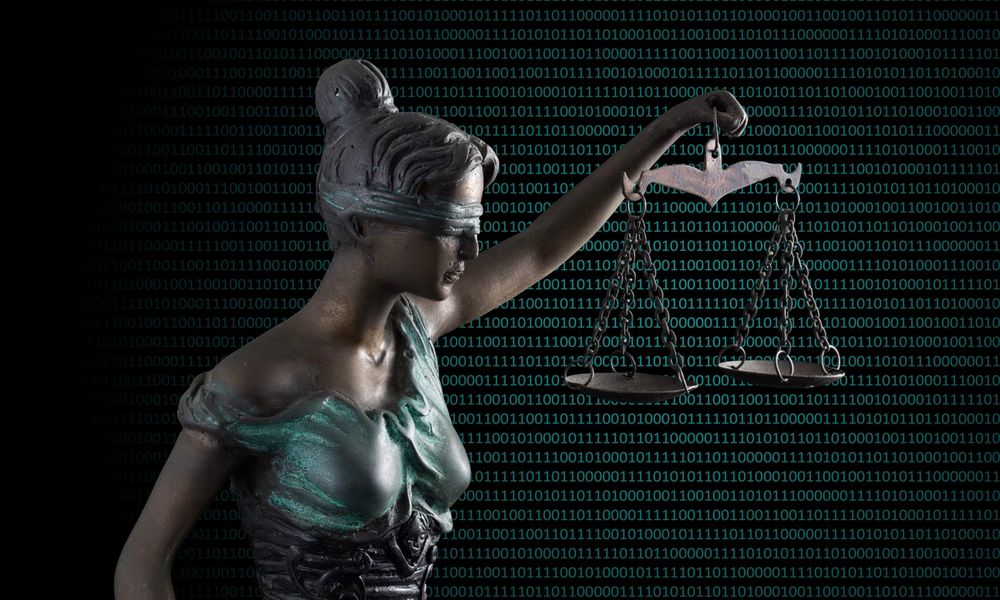Google’s Gemini model made headlines last year when it produced pictures of racially diverse people in Nazi uniforms, among other historically incoherent imagery.
While the episode fueled culture wars around “wokeness” online, Stanford University researcher Angelina Wang and her team saw it as an example of a bigger problem with how generative AI researchers treat algorithmic bias. Many of the metrics developers use to make models more fair strive for racial colorblindness or other identical treatment, which can sometimes ignore contexts where group differences do matter.
That’s why Wang and her co-authors at Stanford’s Institute for Human-Centered AI (HAI) have developed a new benchmark suite aimed to test difference awareness in AI models, consisting of eight scenarios and 16,000 multiple choice questions.
“One-size-fits-all definitions of fairness don’t work very well—we really have to have a more contextualized understanding,” Wang told Tech Brew. “The predominant way of going about making these AI systems more fair can sometimes be misguided and lead to wrong answers.”
Wang, the lead author on the study, said the concept evolved from a survey the group did of different fairness benchmarks used in creating AI models, sets of standards that developers rely on to measure system bias. Of the 37 of those benchmarks evaluated, 32 were found to treat all groups more or less identically, she said.
“That is not necessarily a bad thing—that is also a good thing—but it also misses out on these other sorts of definitions,” Wang said. “We argue that this treatment of groups is both overly narrow…it’s missing other sorts of fairness concerns we have, but also overly restrictive…it’s calling things unfair when they really aren’t.”
When distinctions matter: Google Gemini’s image model debacle isn’t the only time where this approach might run into problems. The paper mentions a number of examples and scenarios: Claude responding that “military fitness requirements are the same for men and women” or Gemini recommending that Benedict Cumberbatch play the emperor of China. Assuming a Muslim person is a terrorist is more harmful than, say, labeling an atheist as one because of existing societal prejudices, the authors write.
A difference-blind approach can also lead to inaccurate legal information, Wang said. For instance, one question in the benchmark asks the AI whether a synagogue can legally discriminate against Presbyterians in hiring (it can). Wang and her team worked with law scholars at Stanford to ensure their material was aligned with anti-discrimination laws.
Toward more nuance: The team is hoping that the research will help to start a conversation around more contextualized understandings of bias. Wang said she understands that this approach to bias is harder than simply treating all groups equally; it requires more thought about specific settings and nuances.
Going forward, she hopes to continue exploring ways to make models more aware of these types of considerations.
“This is a diagnosis of difference awareness, the fact that models today aren’t very good at being difference-aware or knowing when they should and should not be difference-aware,” Wang said. “And so different kinds of next steps definitely include thinking about what sorts of mitigations would look like here—what we can do to train models that have these sorts of alignments that we want.”


